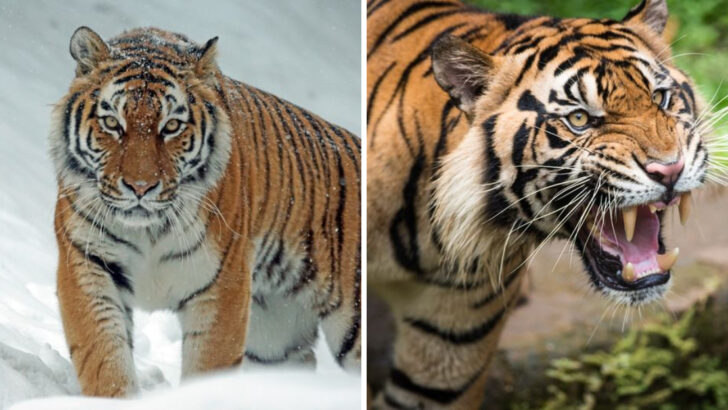Not all tigers are created equal.
The Bengal and the Siberian tiger may belong to the same family, but their differences are as wild as the places they come from. One rules the steamy jungles of India. The other stalks the frozen forests of Siberia. Both are apex predators—but their fight for survival looks very, very different.
From size to stripes, temperature tolerance to temperament, these two big cats tell two very different stories of strength.
So, which tiger takes the crown? Let’s break down 14 key differences that separate the kings of the jungle from the ghosts of the snow.
Physical Size
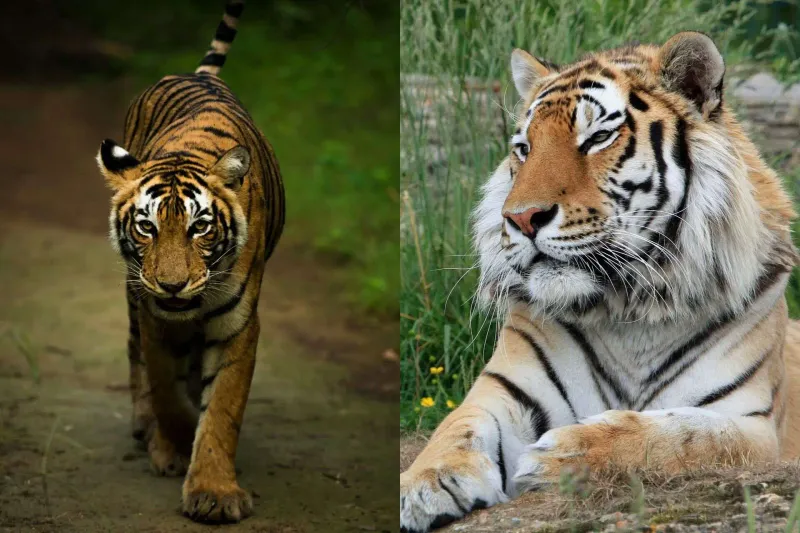
The Bengal Tiger, known for its robust physique, generally weighs between 220 to 570 pounds and stretches up to 10 feet in length. In contrast, the Siberian Tiger, also called Amur Tiger, can weigh up to 660 pounds, with some males reaching over 11 feet long.
This size advantage allows Siberian Tigers to dominate in strength, giving them a slight edge in physical confrontations. However, Bengal Tigers, with their more agile build, excel in speed and stealth.
These adaptations, each beneficial in their habitats, highlight the diversity within tiger species. Such differences underscore their evolutionary paths.
Fur Thickness

With their striking coat, Bengal Tigers display a vibrant orange hue with bold black stripes. In contrast, the Siberian Tiger’s coat is paler, often appearing more golden or even whitish.
This color difference is an adaptation to their environment; the Siberian Tiger’s thicker, paler coat provides excellent camouflage in snowy landscapes. Moreover, the dense fur of the Siberian Tiger offers insulation against freezing temperatures.
Conversely, the Bengal Tiger’s coat, while thinner, is perfect for the warm, dense jungles they inhabit. Each coat tells a story of adaptation to climate and environment.
Habitat Range
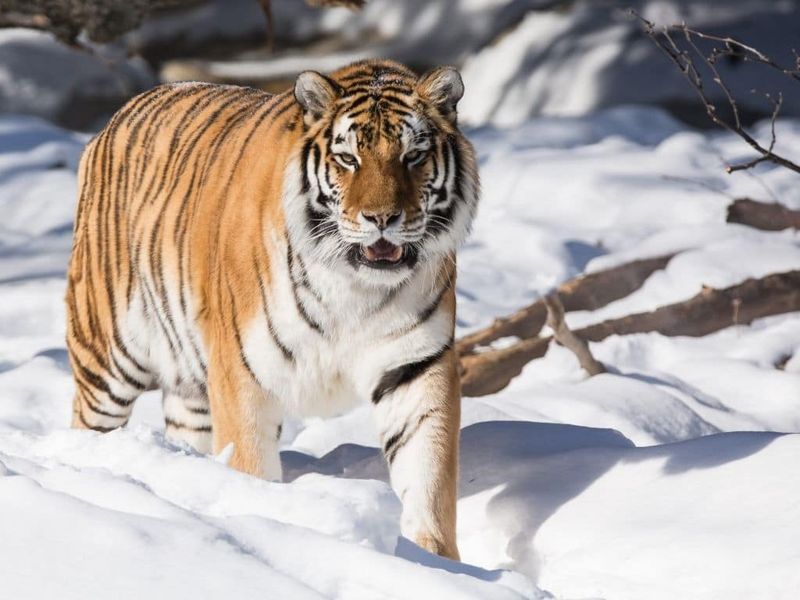
Bengal Tigers primarily roam the lush forests, mangroves, and grasslands of India, Bangladesh, Nepal, and Bhutan. Their territory is marked by warm and humid climates.
Conversely, Siberian Tigers inhabit the frosty forests of the Russian Far East, with small populations in China and North Korea. These regions present a stark contrast in climate, ranging from snowy winters to mild summers.
The adaptability of these tigers to their respective environments showcases their resilience. Each habitat is crucial for their survival, influencing their behavior, diet, and physiology.
Dietary Preferences
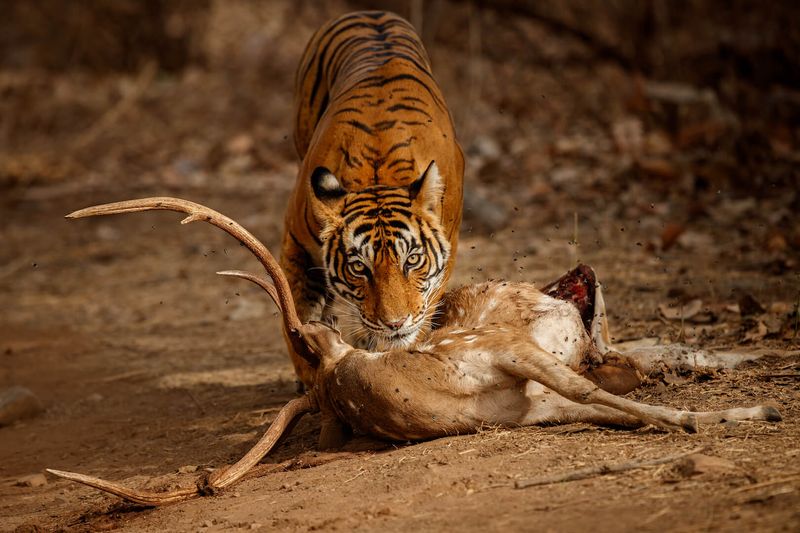
In the jungles of the Indian subcontinent, Bengal Tigers feast on a diet rich in deer, wild boar, and sometimes buffalo. Their prey is abundant in these dense forests, allowing them to maintain top predator status.
In the snowy taiga of Siberia, the Siberian Tiger’s diet includes larger prey like elk, boar, and even bears. The scarcity of prey in these harsh conditions has led to the Siberian Tiger’s reputation for taking down large and formidable animals.
Both tigers show remarkable hunting prowess, adapted perfectly to their environments.
Weather Adaptation

With a coat built for warmth, the Siberian Tiger thrives in cold, harsh climates, enduring temperatures that plunge below -30°C. Their thick fur and fat layer provide insulation essential for survival.
Meanwhile, the Bengal Tiger is adapted to the tropical, humid conditions of the Indian subcontinent. Their thinner coat and leaner body suit the steamy climate, allowing them to remain agile hunters.
These weather adaptations highlight the evolutionary paths these tigers have taken, showcasing nature’s ability to mold creatures to fit their surroundings perfectly.
Behavioral Patterns
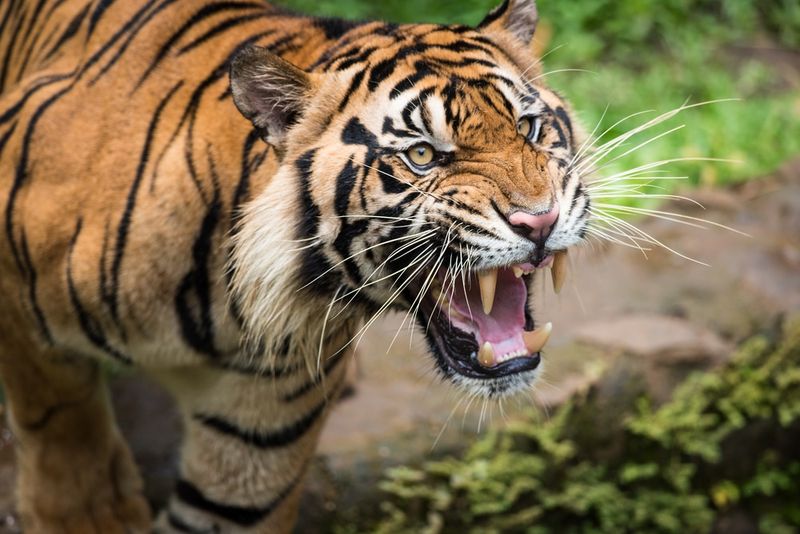
Bengal Tigers are often solitary, marking vast territories with scent and claw markings to deter rivals. They are known for their stealthy hunting techniques, often ambushing prey.
Siberian Tigers, while also solitary, cover much larger territories due to the sparse prey in their environment. Their tracks in the snow tell tales of long, arduous treks in search of food.
These behavioral differences are shaped by their environments, with each tiger displaying unique hunting and territorial behaviors that ensure their survival.
Reproductive Behavior
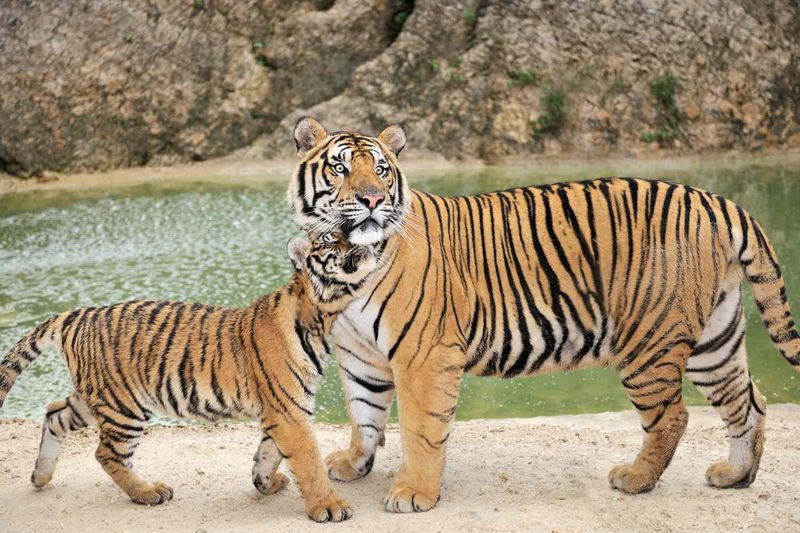
Bengal Tigers typically give birth to two to four cubs, nurturing them in dense jungles where cover is abundant. The mother tiger is fiercely protective, teaching her young to hunt and survive.
In the colder habitats of Siberian Tigers, cubs are often born in the safety of a den, shielded from the freezing temperatures. The smaller litters of Siberian Tigers reflect the harshness of their environment, where resources are limited.
These reproductive strategies highlight the adaptability and maternal instincts required for their young to thrive.
Conservation Status
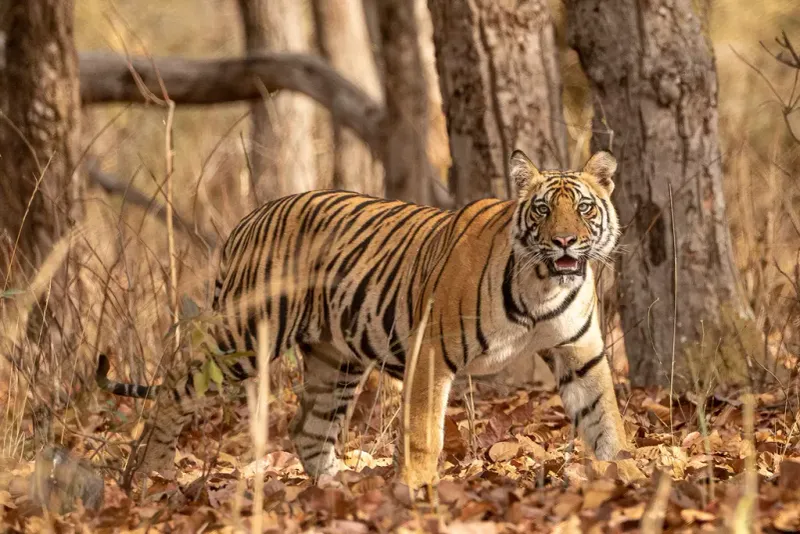
Both Bengal and Siberian Tigers face the threat of extinction, primarily due to habitat destruction and poaching. Conservation efforts are in place to protect these majestic animals, with Bengal Tigers currently more numerous than their Siberian counterparts.
Various wildlife reserves in India and Russia work tirelessly to monitor their populations and curb illegal hunting.
The challenges faced by these tigers underscore the urgent need for global conservation initiatives, aiming to preserve their habitats and ensure their continued existence in the wild.
Lifespan
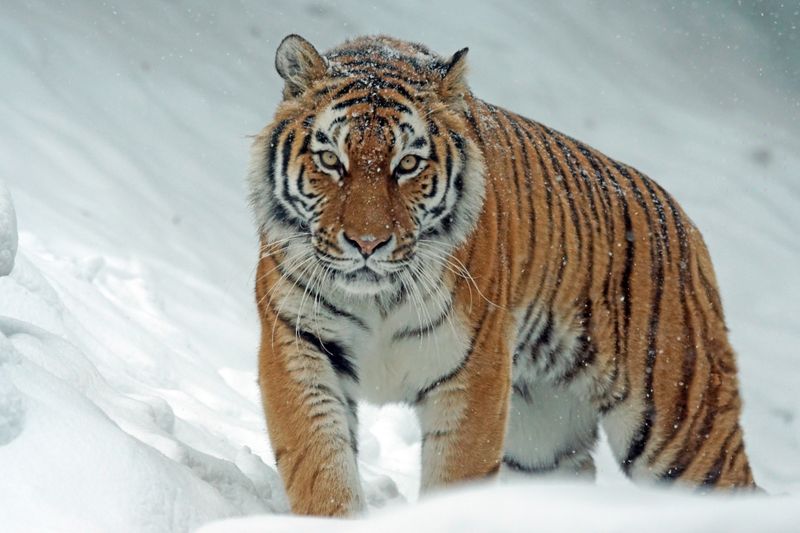
In the wild, Bengal Tigers typically live up to 10-15 years, while Siberian Tigers have a similar lifespan, though some may reach 20 years in captivity. Factors such as environment, availability of prey, and human threats play significant roles in their longevity.
The harsh conditions faced by Siberian Tigers often demand more energy, potentially impacting their lifespan. Conversely, Bengal
Tigers, with their relative abundance of prey, may face different challenges such as habitat encroachment. These lifespan differences illustrate the diverse challenges faced by each subspecies.
Cultural Significance

In India, the Bengal Tiger holds a revered place in culture, symbolizing strength and power. It is featured in mythology and is the national animal of India.
Siberian Tigers, though less prominent in folklore, hold an important ecological role in Russia’s wildlife. They are considered a symbol of the wild, commanding respect and awe.
The cultural significance of these tigers reflects their impact on human societies, highlighting their majestic presence and the deep connections we have with these powerful creatures.
Genetic Variations
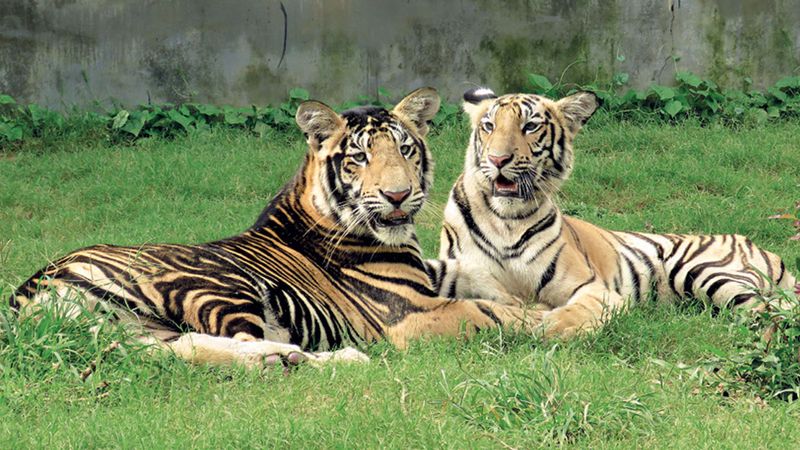
Genetic studies reveal subtle yet significant differences between Bengal and Siberian Tigers. The adaptation to distinct environments has led to variations in their DNA, affecting physical traits and survival strategies.
These genetic distinctions are crucial for conservation, helping scientists understand the needs of each subspecies. By preserving genetic diversity, efforts can be tailored to ensure the survival of both tigers.
Such genetic insights are invaluable, reflecting the incredible adaptability and evolution of these majestic creatures.
Vocalizations
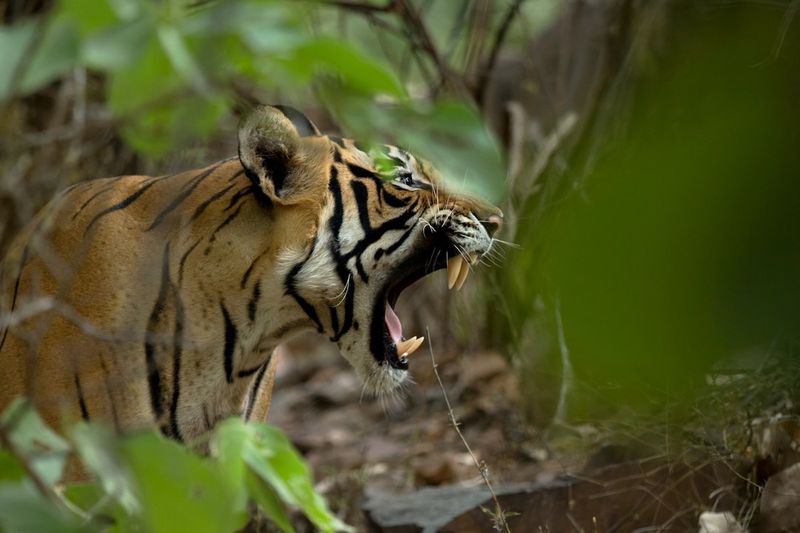
Both Bengal and Siberian Tigers communicate through a series of vocalizations, including roars, growls, and chuffs. Bengal Tigers are known for their powerful roars that can be heard over long distances, asserting dominance and marking territory.
Siberian Tigers also roar, but their vocalizations may differ in pitch and intensity due to environmental acoustics. These vocal communications are essential for their social interactions, hunting, and mating rituals.
The unique soundscape of each tiger’s environment shapes their vocal behaviors and highlights their communicative strategies.
Hunting Techniques
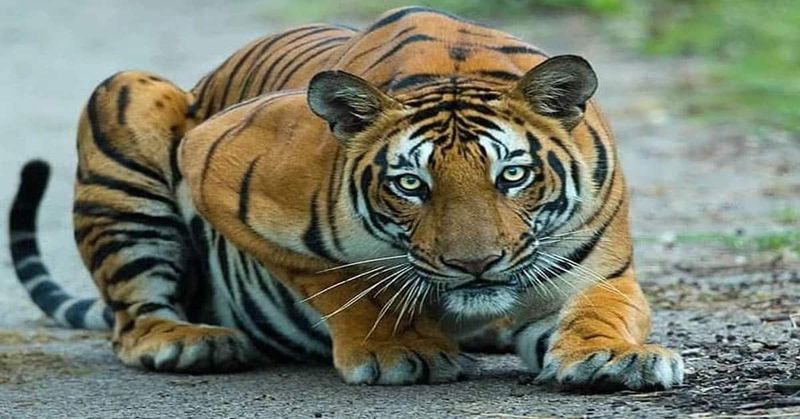
Bengal Tigers are masters of stealth, often using dense vegetation to sneak up on their prey. They rely on quick bursts of speed to tackle their target.
Siberian Tigers, living in more open, snowy terrain, use their powerful build to ambush prey, often covering vast distances silently. Their hunting techniques are tailored to their environments, showcasing remarkable adaptability.
The diverse hunting strategies of these tigers illustrate the evolutionary marvels that enable them to remain apex predators in their respective habitats.
Interaction with Humans

The relationship between tigers and humans varies greatly between Bengal and Siberian Tigers. Bengal Tigers often come into conflict with humans due to habitat encroachment, leading to human-wildlife conflict in parts of India.
Siberian Tigers, with their remote habitats, have fewer interactions but face threats from poaching and illegal logging. These interactions highlight the ongoing challenges of coexistence and the need for conservation efforts that protect both human and tiger populations.
Understanding these dynamics is crucial for effective wildlife management.

